We measure the compression in the engine cylinders to determine the wear or defect of the engine cylinder-piston group
To measure the compression in the engine cylinders, you need a compression gauge.

This is a pressure gauge with a valve, which is sold in spare parts stores.
Compression is measured on a warm engine.
In order for the compression to be correct, the starter and battery must be in good condition.
Preparing the car for work

We unscrew the four bolts of the cover of the candle wells
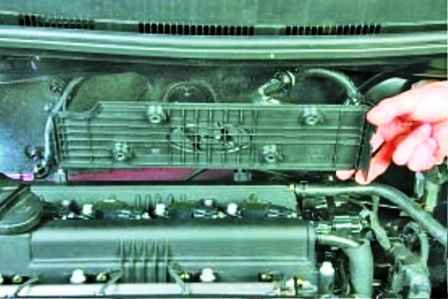
And remove the cover of the candle wells

Disconnect the wire blocks from the ignition coils and remove the ignition coils from the car
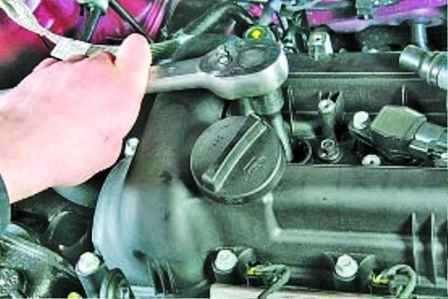
Unscrew all the spark plugs
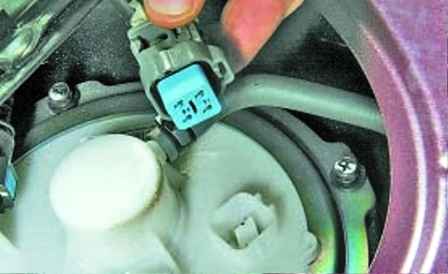
Turn off the fuel pump by disconnecting the wiring harness from the fuel module connector
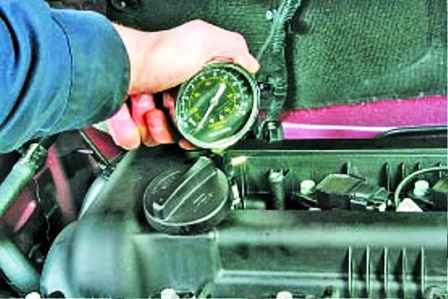
We screw or press the compression gauge into the spark plug hole of the cylinder being checked
An assistant depresses the throttle pedal fully to fully open the throttle
Turn on the starter and crank the engine until the pressure in the cylinder stops increasing, which corresponds to about four compression strokes.
To obtain the correct compression gauge values, the crankshaft must rotate at a speed of 180-200 min-1, but not more than 350 min-1

Having recorded the readings of the compression gauge, set its arrow to zero by pressing the air release valve
In the same way, we check the compression in other cylinders
The pressure should not be lower than 1.0 MPa and should not differ in different cylinders by more than 0.1 MPa.
Weak compression can occur as a result of a loose fit of the valves in the seats, damage to the cylinder head gasket, breakage or burnt piston rings.
Lower compression in all cylinders indicates worn piston rings.
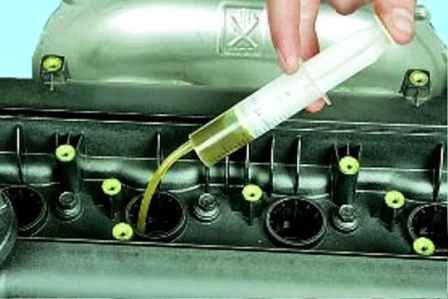
To find out the reason, fill the cylinder with reduced compression with about 20 cm2 of clean engine oil and measure the compression again.
If the compression gauge readings increase, then this indicates a malfunction of the piston rings.
If the compression remains unchanged, it means that the valve discs do not fit snugly against their seats or the cylinder head gasket is damaged.
The cause of insufficient compression can also be found out by supplying compressed air to the cylinder in which the piston is previously set to TDC of the stroke compression.
To do this, remove the tip from the compression tester and attach the compressor hose to it.
Insert the tip into the spark plug hole and inject air into the cylinder at a pressure of 0.2–0.3 MPa.
In order to prevent the engine crankshaft from turning, engage a higher gear and brake the car with the parking brake.
The exit (leakage) of air through the throttle assembly indicates a leak in the intake valve, and through the muffler - a leak in the exhaust valve.
If the cylinder head gasket is damaged, air will escape through the neck of the expansion tank in the form of bubbles or into the adjacent cylinder, which is detected by a characteristic hissing sound.





